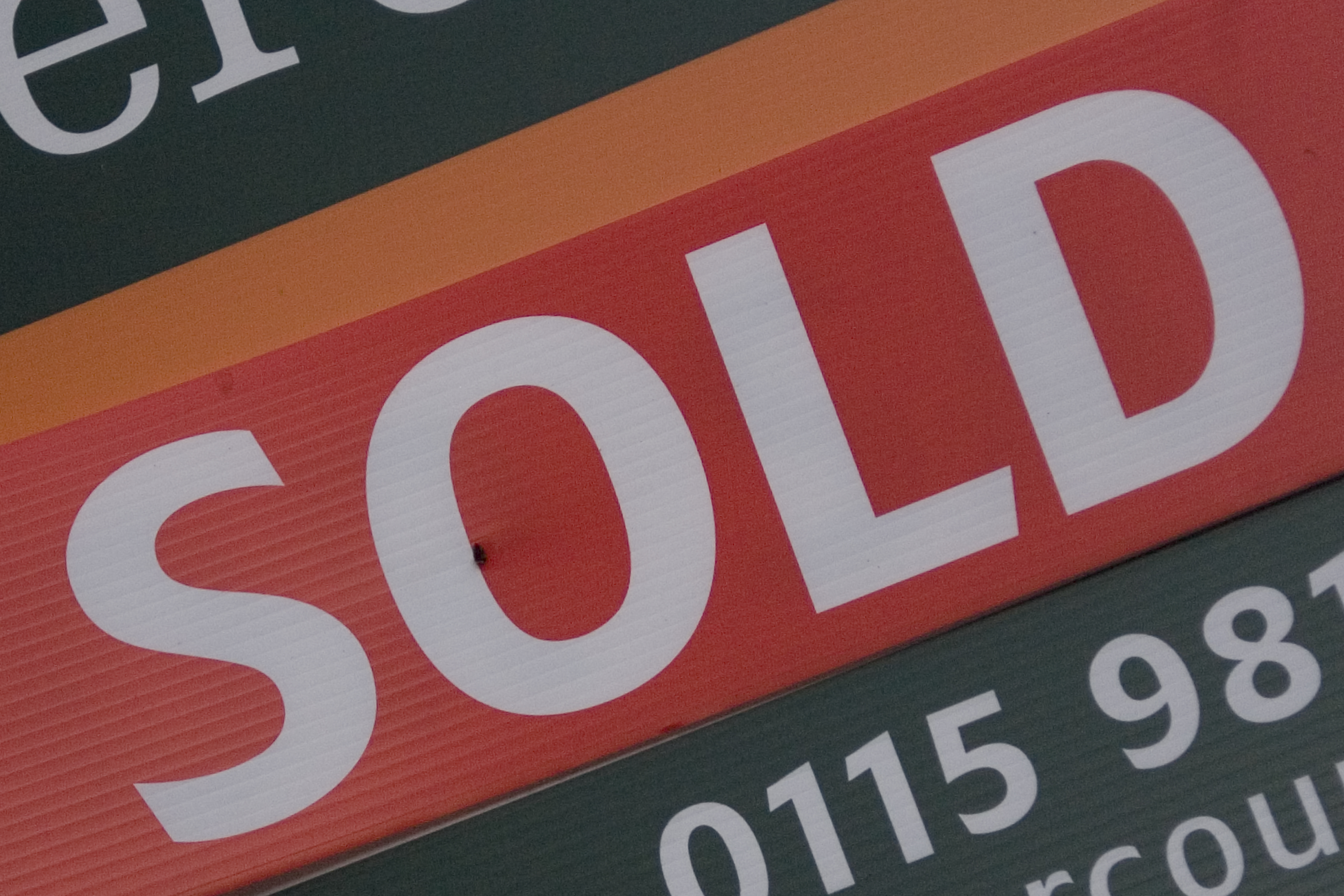
The following is a general guide to our conveyancing process when selling your property. Hopefully our open and honest approach will help you to anticipate any pitfalls before they arise. However, if you are still unsure about any aspect of the conveyancing process when selling your residential or commercial property then our expert solicitors will be only too happy to clear it up for you.
Once you have chosen and informed the solicitors you would like to commence the conveyancing process when selling your property, you will soon receive a ‘Letter of Engagement’ or ‘Confirmation of Terms of Business. This should be signed and returned promptly so the work can begin. In some circumstances the solicitor may request funds to cover initial expenditure.
Once your solicitor has been officially instructed to start the conveyancing process they will, if necessary, obtain the title deeds from your lender.
Read more: Online Conveyancing vs Traditional Conveyancing Services

The conveyancing process when selling your property requires the ‘Property Information Form’ and ‘Fixtures, Fittings and Contents Form’ to be completed. These are standard forms provided by your solicitor. If your property is leasehold you will also need to fill out a ‘Seller’s Leasehold Information Form.’
It is essential your solicitor is aware from the outset of the conveyancing process whether you are buying a property at the same time. If this is the case the two transactions need to be tied together.
You should also inform your estate agent which solicitor you plan to use so they can send a ‘Memorandum of Sale’ to all the relevant parties, along with a copy of the property particulars.
Read more: Top 18 Reasons for Delays in the Conveyancing Process
2. Conveyancing Process Prior to Contracting to Sell
Once the solicitor has obtained the title deeds and you have returned the standard forms these are then sent to the buyer’s solicitor for approval together with a supporting package which will include documents dealing with title, planning and any applicable guarantees.
If the conveyancing process is for the sale of a leasehold property, your solicitor will receive a standard ‘Managing Agents Questionnaire’ from the buyer’s solicitors. This is then sent on to the relevant landlord, managing agents or residents association.
Once the paperwork has been examined by the buyer’s solicitor they may require clarification on certain points. The conveyancing process entitles the buyer to raise enquiries with your solicitor, who may need to liaise with you to provide the information requested.
The buyer is entitled to rely upon any information supplied on your behalf. For this reason it is important to ensure any information supplied to your solicitor is accurate and makes a full disclosure of the relevant facts concerning your property.
3. The Conveyancing Process and Your Mortgage
Your lender will supply an up to date statement to your conveyancing solicitor detailing the amount required to repay your mortgage.
You should provide your solicitor with details of all loans secured against your property as these will need to be repaid upon completion of your sale.
4. Signing Your Contract

The next stage of the conveyancing process when selling your property involves the approval of the contract by the buyer’s solicitor to sign in readiness for exchange.
5. Exchange of Contracts
Before any exchange takes place all parties involved need to agree on the completion date.
From the point within the conveyancing process at which contacts are exchanged, you are legally bound to sell your property and the buyer bound to buy. Should either party back out of the conveyancing process the other party is entitled to claim compensation.
6. Between Exchange and Completion
The solicitor who has led you through the conveyancing process when selling your property will send you a statement detailing their charges, loans to be repaid and all other outgoings. Any balance due to your solicitor will need to be in their account and cleared prior to the completion date.
You will be required to sign a ‘Transfer of Deed’ in readiness of completion
7. Upon Completion of the Conveyancing Process
Your solicitor will pay off any mortgages and other expenses giving an undertaking to your buyer’s solicitor to send your lender’s final formal release of mortgage through. The title deeds and signed transfer will then be sent to your buyer’s solicitor.
Once your solicitor has confirmed all the remaining monies have arrived then the conveyancing process involved in selling your property is complete. You should arrange to drop off the keys with the agent for the buyer to collect.
If you‘re currently trying to sell your house then you will require the services of an experienced and knowledgeable solicitor who can guide you through the conveyancing process when selling your residential or commercial property. Contact Howells Solicitors today on 0808 178 2773 or fill in our online enquiry form and we will be in contact.

